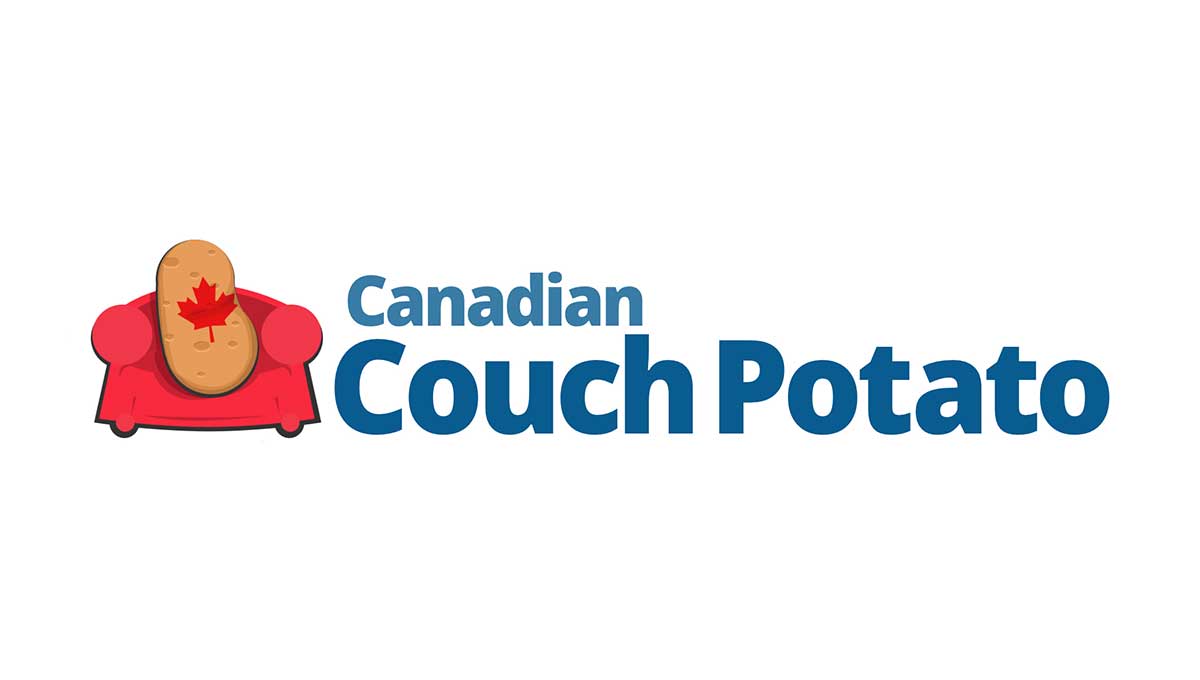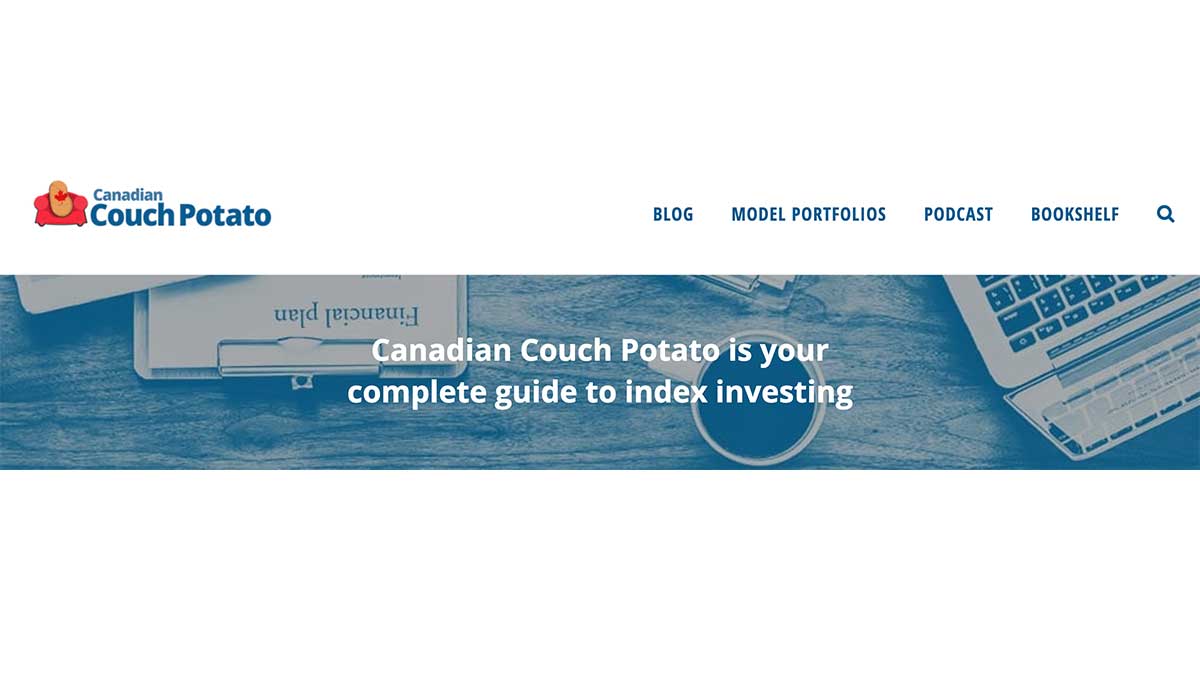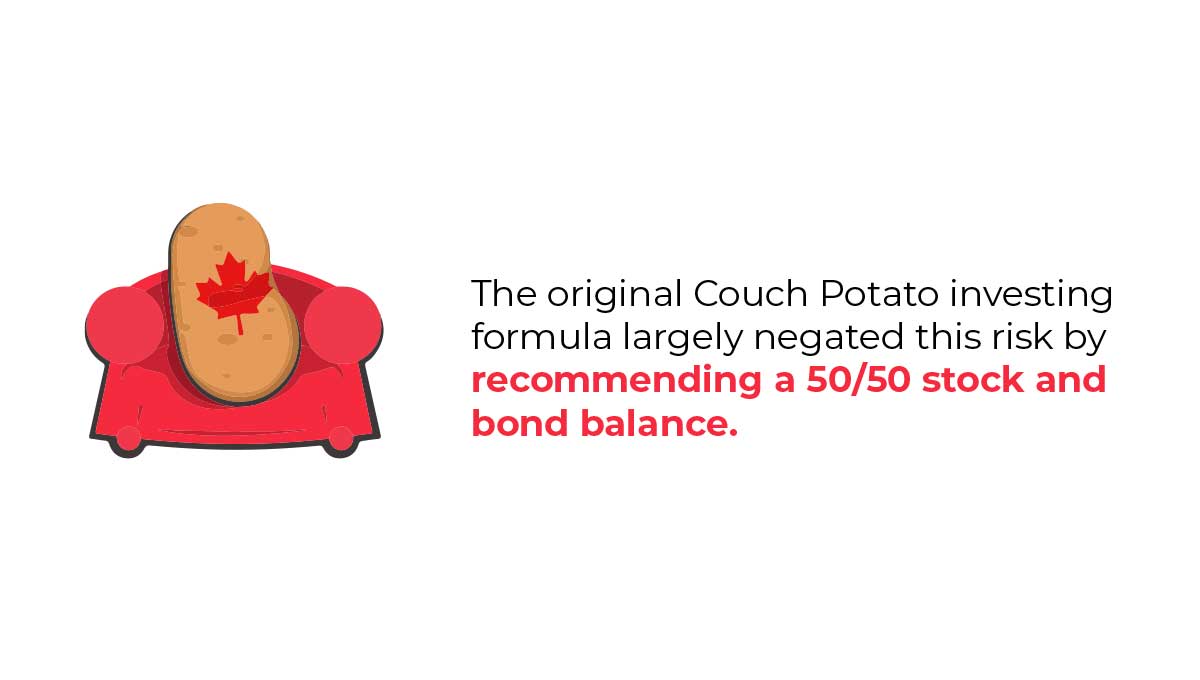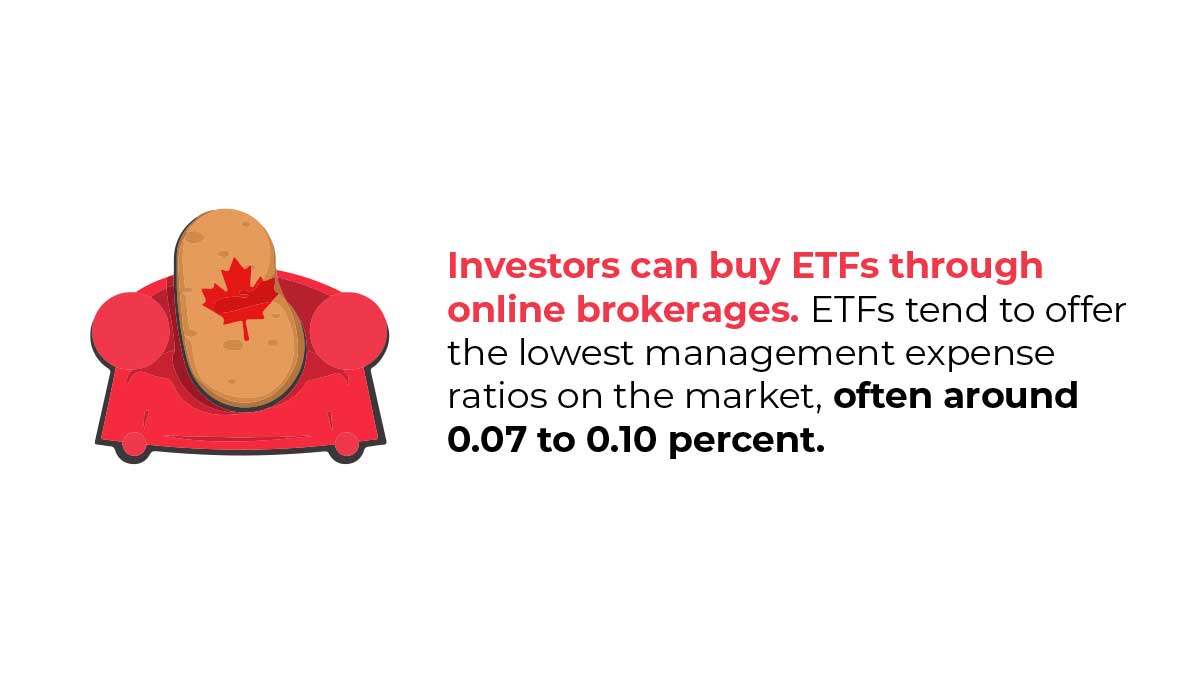Canadians pay an average of three times more for managed investments than investors in other developed countries. If that wasn't bad enough, they also tend to see lackluster returns.
It's no surprise, then, that many are turning to the Canadian Couch Potato investment method. But what is this method and what is the secret of its appeal? Keep reading for the answers to these questions and everything you need to know to start taking advantage of this method today!
Disclaimer:
All, or some of the products featured on this page are from our affiliated partners who may compensate us for actions and or sales completed as a result of the user navigating the links or images within the content. How we present the information may be influenced by that, but it in no way impacts the quality and accuracy of the research we have conducted at the time we published the article. Users may choose to visit the actual company website for more information.
What Is the Couch Potato Investing Strategy?
Introduced in the 1990s by financial columnist Scott Burns, Couch Potato Investing is a popular passive investment strategy.
It is based on the ideas that:
- Active investing in most cases does not offer returns on investment (ROI) commensurate with the effort involved
- Index funds and low-fee exchange-traded funds (ETFs) that consistently match market returns offer the highest financial performance over time
- A diversified portfolio of low-maintenance index funds or ETFs can deliver investors the best returns with the least stress and effort
In response to these facts, the strategy leverages investments that boast low fees, minimal effort, and modest but solid returns over time to build wealth.
While Couch Potato investing does require monitoring and rebalancing on an annual basis, it is extremely low maintenance. This makes it ideal for investors who:
- Are busy and lack time to devote to intensive investment management
- Don't enjoy investing and don't want to worry about their investments
- Are playing the "long game" with their investments and earning goals
Canadian Couch Potato Investing
In Burns' original Couch Potato investment plan, he advised investors to build a portfolio using one low-fee index fund for stocks and one low-fee index fund for bonds. The ideal asset allocation ratio was 50/50. Once per year, investors rebalanced the funds to ensure they remained at that allocation rate.
Around year 2000, MoneySense Magazine updated and revised the Couch Potato investment plan for the Canadian market. Since then, Couch Potato investing in Canada has been championed by Dan Bortolotti via the Canadian Couch Potato blog.
In its original incarnation, the Couch Potato investment plan tracked two markets: American stocks and American bonds. For the Canadian market, the plan was modified to reflect three markets:
- Canadian bonds
- Canadian stocks
- International stocks
Updates for the Canadian market also include recommendations to consider using non-taxable accounts such as RRSPs and TFSAs. Regardless of how Canadians choose to structure their accounts, building a successful and profitable portfolio is easy.
Canadian Couch Potato Portfolio
Nowadays, standard Canadian Couch Potato portfolios contain four elements:
- Canadian bonds
- Canadian stocks
- U.S. stocks
- International stocks
How these elements are chosen and balanced varies from investor to investor. At the core of most portfolios, however, is at least one strong index fund. Index funds are:
- User-friendly
- Commission-free
- Available in a range of stock-to-bond allocation ratios
- Available from all of Canada's major banks
Investors can choose between index funds that balance stocks and bonds or funds that deal solely with one or the other. "Balanced" funds that offer both stocks and bonds in desirable ratios tend to be more expensive to buy into. They are also the most hands-off and convenient.
Mixing and matching dedicated stock and bond index funds is a little more work, but is the most cost-effective option. Importantly, index funds allow investors to invest a set amount of money rather than purchasing "shares" at a pre-defined rate. This provides excellent flexibility.
Some of Canada's best and most balanced index funds are available through Tangerine.
Portfolio Allocation
As with other forms of investing, one of the keys to successful portfolio growth is starting as early as possible and consistently adding funds to the portfolio. The agreed-upon best method for this is to automatically have the bank contribute a portion of your income to your portfolio each time you are paid. Automating the process means that investors:
- Do not miss the money
- Cannot be tempted to use the money elsewhere
- See persistent financial growth
Regardless of how they contribute money to their investments, all investors must examine the question of allocation. Investors who put more of their money into stocks than bonds may see higher returns. This is especially true of investors who pick up index funds of international stocks.
However, stocks carry a higher risk than bonds. The original Couch Potato investing formula largely negated this risk by recommending a 50/50 stock and bond balance. This ensured that investors always had steady and reliable growth.
Modern Canadian investors can still use this ratio for the same returns. Investors with more risk tolerance can scale the percentage they invest in stocks up to 70 or 80 percent. The 20 to 30 percent of bonds in their portfolios will serve as a stabilizing factor, but overall such a portfolio offers higher risk and higher potential reward at the same low level of effort.
Less risk-tolerant investors can move in the other direction, stacking their portfolios with up to 80 percent bonds and as little as 20 percent stock index funds. While this will offer lower returns over time, it is also extremely safe. This can be comforting for investors who are intolerant of market ups and downs.
When in doubt, investors cannot go wrong with the original 50/50 plan.
Exchange-Traded Funds
Exchange-traded funds (ETFs) are a hybrid investment vehicle. They combine some of the best features of stocks and mutual funds to provide Canadians with an investment tool that:
- Matches stock market index returns
- Is very low cost
- Is tradable in real-time
- Has no set minimum investment requirements
- Is tax-friendly
- Includes protection features and offers a high degree of control
ETFs are also extremely customizable. Investors can choose ETFs comprised not only of stocks or bonds but of a narrow category of stocks or bonds, such as:
- Government bonds
- Corporate bonds
- Long-term bonds
- Short-term bonds
- Stocks of large companies
- Stocks of small companies
- Stocks of companies that pay dividends
- Emerging markets such as real estate
Investors can buy ETFs through online brokerages. ETFs tend to offer the lowest management expense ratios on the market, often around 0.07 to 0.10 percent. Investors can create low-fee accounts online and get started investing right away.
In some cases, Choosing specific ETFs over index funds can involve more work for investors. It gives them more choices to make, and the more they choose to trade or monitor their funds, the more time and fees they are likely to pour into their investments. For investors who enjoy the control and have the self-discipline to manage them effectively, ETFs can offer great returns.
For investors who want the benefits of ETFs without the risk of high fees and or the burden of control and self-management, asset allocation ETFs are an option. These funds are self-rebalancing and deliver all the benefits of a diversified asset mix and low costs without any work or monitoring from the investor.
Management Expense Ratios
Many bank-managed funds in Canada have Management Expense Ratios (MERs) of around one percent. The more money investors have invested, the more important managing MER becomes.
Investors who are just starting out and have low sums to invest should not be overly concerned with MERs. However, when you have substantial investments a 0.4% MER can make a big difference compared to a 1.4% MER. It's always a good idea to take advantage of ETFs with extremely low MERs.
Is Couch Potato Investing for You?
Couch Potato investing is best-suited for Canadians who:
- Want simple and effective investment tools
- Do not have or do not want to spend a great deal of time and energy managing their investments
- Are comfortable with returns that match but do not substantially exceed the overall market rate
- Are comfortable using tax-sheltered accounts for their earnings
Canadian Couch Potato investing may not be right for investors who:
- Like to be actively involved in managing their investments
- Lack the inclination or self-discipline to leave their accounts alone except for an annual rebalancing
- Want or need substantially above-market returns on their investments
If this type of investing sounds right for you, starting your Couch Potato portfolio is quick and easy. If you do not have an RRSP or TFSA, start by looking at your options. Examine the index funds available from each provider, as well, and choose an account type and index fund to start with.
Select the option to automate your account, ensuring that money is regularly deposited without any additional effort on your part.
If you want to invest in ETFs, create an account with the brokerage of your choice. Be sure to choose either a brokerage that offers commission-free ETF trades. If you have questions about achieving the balance you want with your accounts, talk to an advisor at the bank you chose and let them help you set everything up.
If you did not choose a self-rebalancing fund, make a note or set a reminder for yourself so that you will remember to come back and rebalance it yourself at the appropriate time. Then simply sit back and watch your investments grow!
Learn More
Canadian Couch Potato investing can offer higher returns for lower costs. Find more great money management tips, tricks, and insights in our blog.




